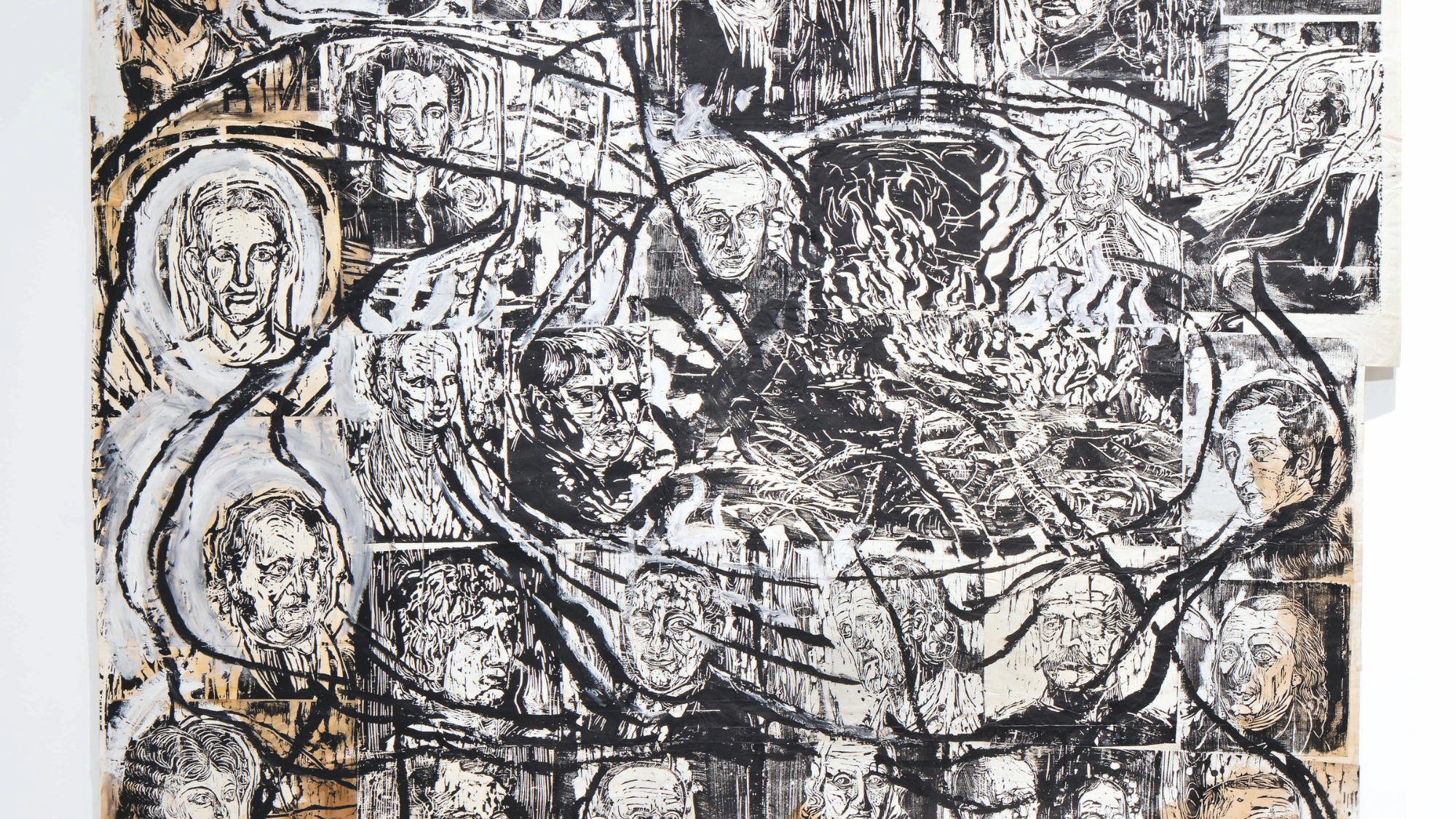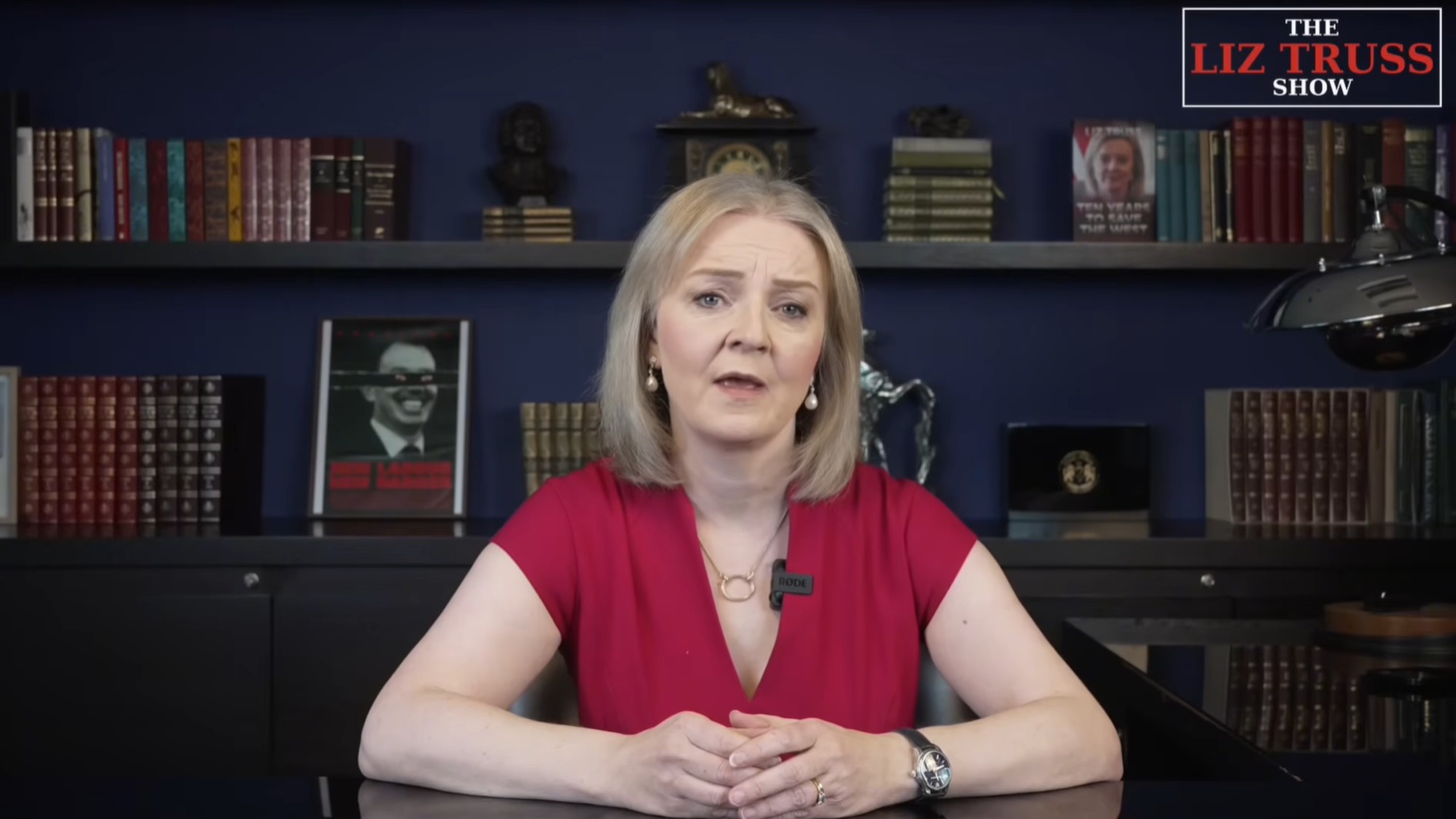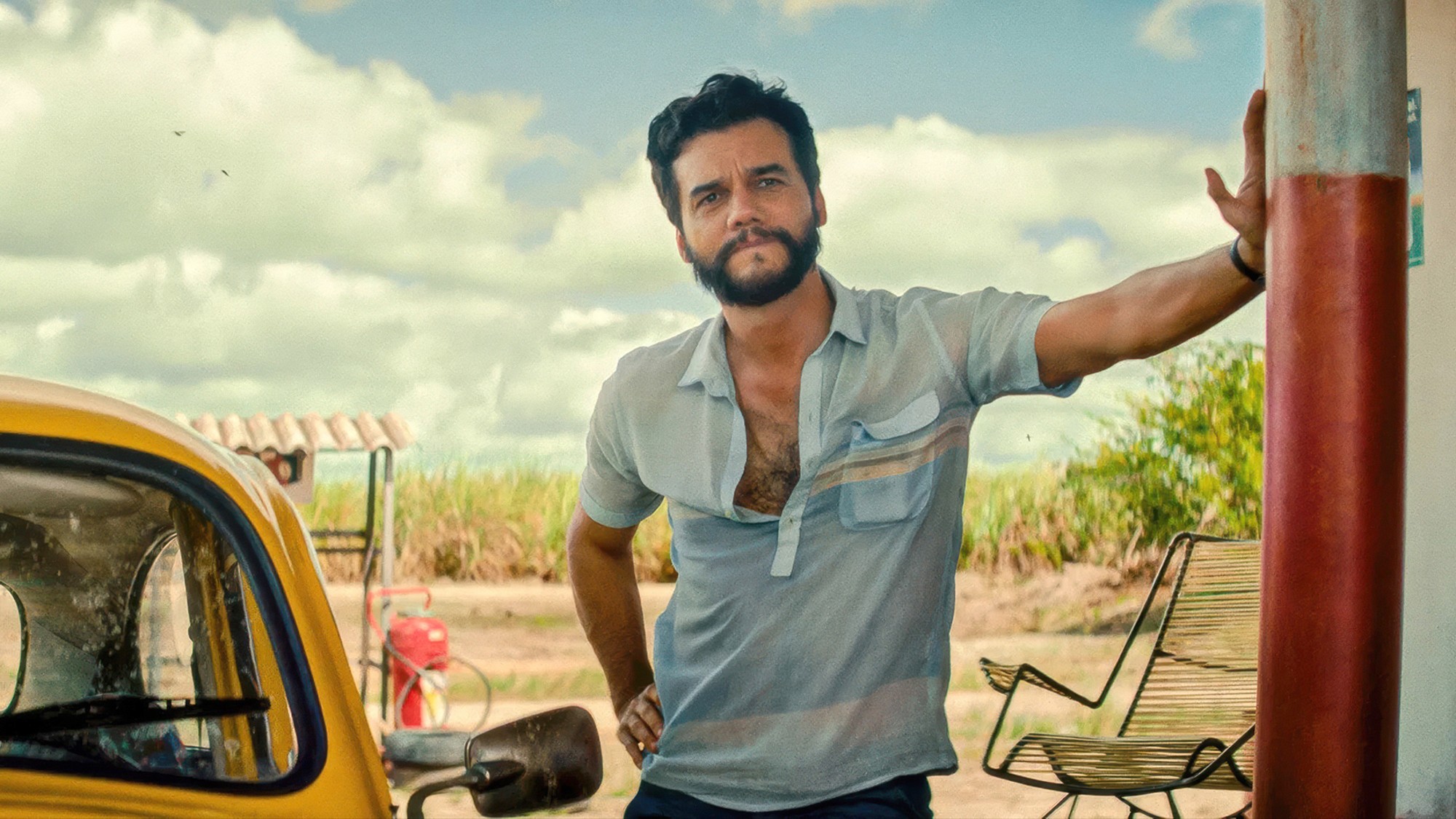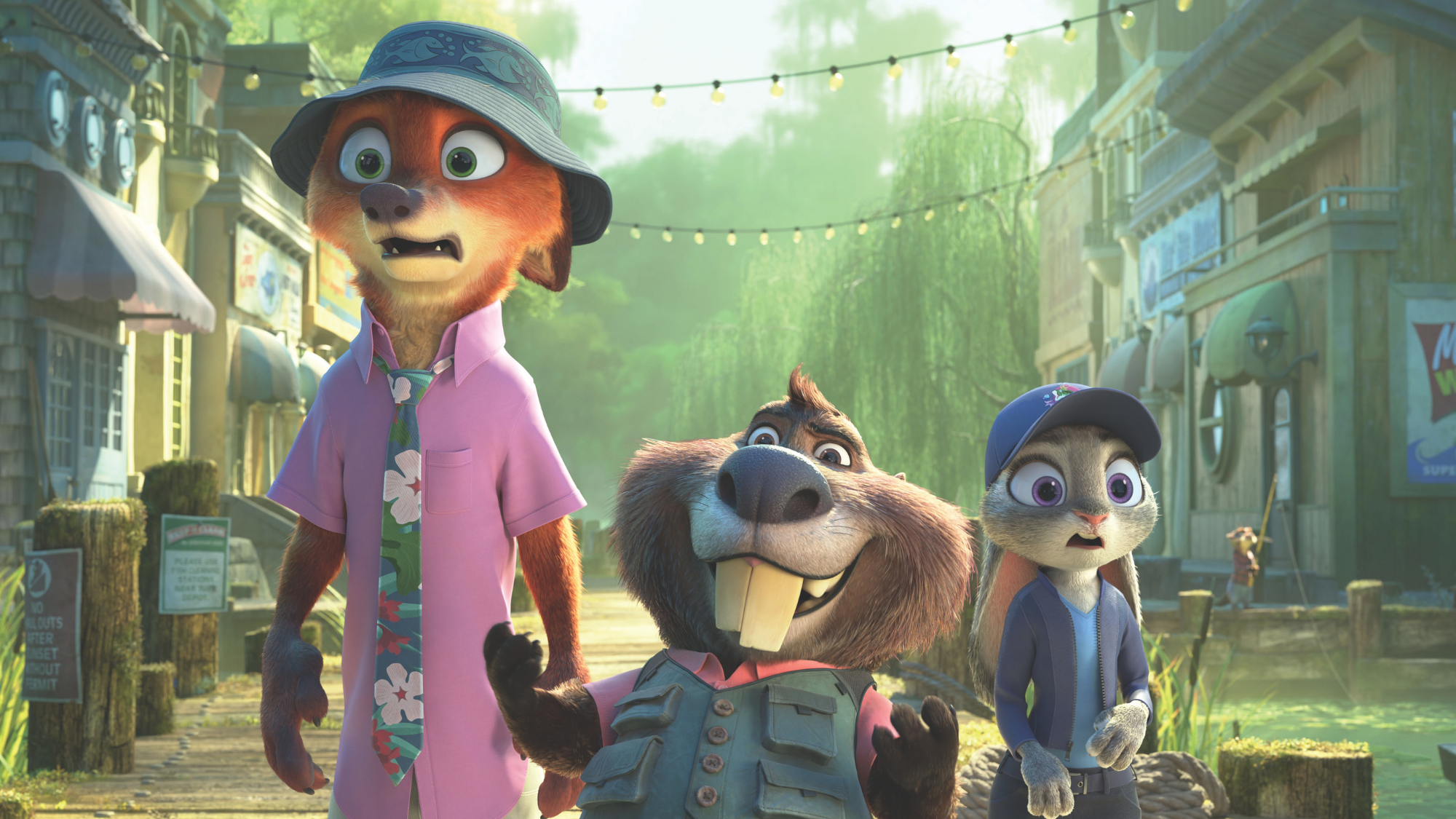Early Works: Anselm Kiefer – a 'visceral' exhibition
New show explores the start of the artist's poetic interrogation of 'Germanic identity'

In 1969, a 24-year-old art student called Anselm Kiefer decided to confront "the amnesia of West Germany's postwar identity" head-on, said Claudia Barbieri Childs in The Art Newspaper. Wearing his father's Wehrmacht greatcoat, which he had found in the attic, he staged a series of performances in which he gave "the banned straight-armed Nazi salute", often in front of "historically charged landscapes and monuments". The resulting images, developed into photo montages, were scandalous – the first significant works in a career dedicated to investigating his country's conflicted historical memory.
A selection of these pictures form the nucleus of this new exhibition dedicated to Kiefer's "challenging" early work. Featuring 45 photographs, paintings, prints and watercolours the now-world-famous artist created between 1969 and 1982, the show contains some hellish imagery: "gaunt helmeted soldiers and storm-tossed U-boat crews, leaf-shorn forests, blood-spattered rivers and objectified nudes". It is an event evocative of "a conflicted time", when Germany began to come to terms with its dark recent past.
Born in 1945, Kiefer was marked by history from the start, said Evgenia Siokos in The Daily Telegraph. The night of his birth, his family home in Donaueschingen in the Black Forest "was destroyed in a bombing raid"; his very existence was "intertwined with the complexities of Germany's evolution as a state". Here, we see the beginnings of his poetic interrogation of "Germanic identity", "from the mythological heroes of the Teutonic age" to the ghoulish leadership of the Third Reich.
The Week
Escape your echo chamber. Get the facts behind the news, plus analysis from multiple perspectives.

Sign up for The Week's Free Newsletters
From our morning news briefing to a weekly Good News Newsletter, get the best of The Week delivered directly to your inbox.
From our morning news briefing to a weekly Good News Newsletter, get the best of The Week delivered directly to your inbox.
A constant source of inspiration is the Nibelungen saga and Wagner's operatic adaptations of it: "Brünhilde - Grane" (1978), for instance, is an "apocalyptic" woodcut depicting the titular warrior queen and her horse "engulfed by flames"; she appears again in an "erotically charged" watercolour that sees her "straddling a flaming woodpile". Yet compelling as all this is, the show is too small to properly express Kiefer's genius. It left me "wanting more".
There are some "duds" here, said Eddy Frankel in The Guardian. But for the most part, Kiefer's work is powerful, "visceral" and "aggressively confrontational". You have the sense of "an artist making a whole nation deal with itself". There are "stark" woodcuts of Kant, Nietzsche and "ancient Germanic leaders", a whole pantheon of idols co-opted by the Nazi regime for propaganda purposes. There's a small watercolour of a forest that feels full of war, blood and death. The waters of a lake appear to be stained by "shame". Even a simple still life of a jug and a loaf of bread asks whether "you can still paint pretty images after the horrors of the Holocaust". These are works that address "demons you can't exorcise, traumas you can't – and shouldn't – forget".
Ashmolean Museum, Oxford. Until 15 June
A free daily email with the biggest news stories of the day – and the best features from TheWeek.com
-
 How dangerous is the ‘K’ strain super-flu?
How dangerous is the ‘K’ strain super-flu?The Explainer Surge in cases of new variant H3N2 flu in UK and around the world
-
 Who is The Liz Truss Show for?
Who is The Liz Truss Show for?Talking Point Former PM’s new weekly programme is like watching her ‘commit a drive-by on herself’
-
 Codeword: December 9, 2025
Codeword: December 9, 2025The daily codeword puzzle from The Week
-
 Homes with great fireplaces
Homes with great fireplacesFeature Featuring a suspended fireplace in Washington and two-sided Parisian fireplace in Florida
-
 Film reviews: ‘The Secret Agent’ and ‘Zootopia 2’
Film reviews: ‘The Secret Agent’ and ‘Zootopia 2’Feature A Brazilian man living in a brutal era seeks answers and survival and Judy and Nick fight again for animal justice
-
 Wake Up Dead Man: ‘arch and witty’ Knives Out sequel
Wake Up Dead Man: ‘arch and witty’ Knives Out sequelThe Week Recommends Daniel Craig returns for the ‘excellent’ third instalment of the murder mystery film series
-
 Zootropolis 2: a ‘perky and amusing’ movie
Zootropolis 2: a ‘perky and amusing’ movieThe Week Recommends The talking animals return in a family-friendly sequel
-
 Storyteller: a ‘fitting tribute’ to Robert Louis Stevenson
Storyteller: a ‘fitting tribute’ to Robert Louis StevensonThe Week Recommends Leo Damrosch’s ‘valuable’ biography of the man behind Treasure Island
-
 The rapid-fire brilliance of Tom Stoppard
The rapid-fire brilliance of Tom StoppardIn the Spotlight The 88-year-old was a playwright of dazzling wit and complex ideas
-
 ‘Mexico: A 500-Year History’ by Paul Gillingham and ‘When Caesar Was King: How Sid Caesar Reinvented American Comedy’ by David Margolick
‘Mexico: A 500-Year History’ by Paul Gillingham and ‘When Caesar Was King: How Sid Caesar Reinvented American Comedy’ by David Margolickfeature A chronicle of Mexico’s shifts in power and how Sid Caesar shaped the early days of television
-
 Homes by renowned architects
Homes by renowned architectsFeature Featuring a Leonard Willeke Tudor Revival in Detroit and modern John Storyk design in Woodstock